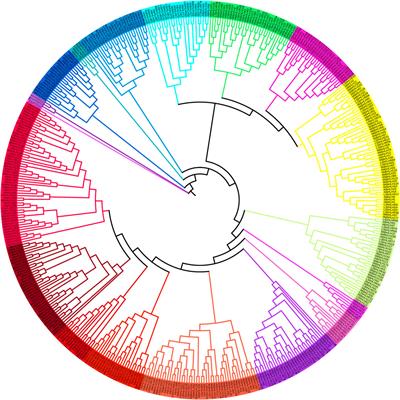EDITORIAL
Published on 21 Aug 2024
Editorial: Plant adaptation to climate change using genomic selection and high-throughput technologies
doi 10.3389/fgene.2024.1471995
- 629 views
- 3 citations
4,064
Total downloads
19k
Total views and downloads
EDITORIAL
Published on 21 Aug 2024
ORIGINAL RESEARCH
Published on 26 Mar 2024
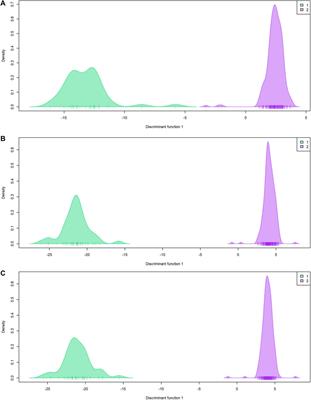
ORIGINAL RESEARCH
Published on 06 Feb 2024
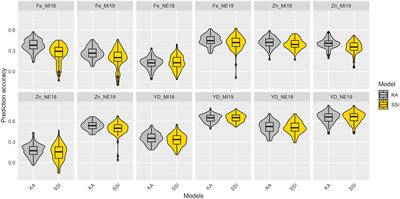
ORIGINAL RESEARCH
Published on 31 Jan 2024
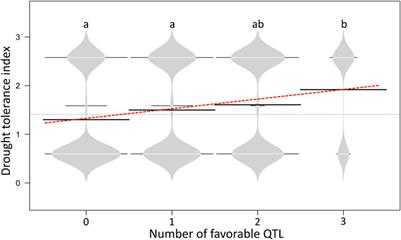
ORIGINAL RESEARCH
Published on 09 Jun 2023
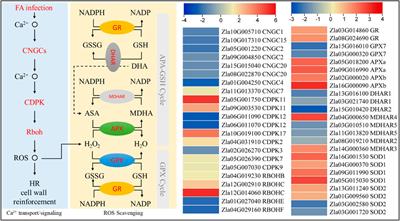
ORIGINAL RESEARCH
Published on 20 Mar 2023
